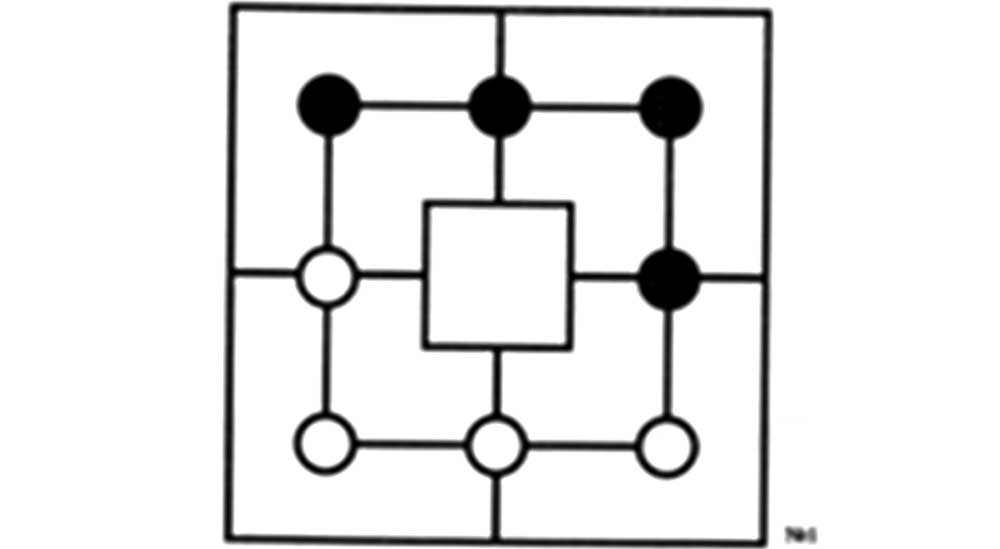Due to the special concern of President Gurbanguly Berdimuhamedov for the revival, study and preservation of ancient traditions, the Turkmen people received an opportunity to study their history more deeply and comprehensively. Undoubtedly, national traditional games are part of the spiritual culture of the Turkmen people. Many sports appeared in ancient times. They have stood the test of time and survived to this day. This has been proven by the work of a number of researchers dealing with the history of sports and by archaeological excavation data from ancient settlements.
Numerous finds, including dice ashyk, objects in the shape of a snake’s head for the board game pechiz and figurines of people and animals, some of which not only played the ritual and magical role, but also served as toys for children, were found at the monuments of the IV-II millennium BC (Altyn-Depe and Namazga-Depe) in Southern Turkmenistan and during archaeological excavations at the ancient Massaget mounds. An interesting object was discovered during archaeological excavations at one of the medieval monuments in the Serahs oasis – the site of ancient settlement Geok-Tepe, the ruins of which were studied last century by the famous Southern Turkmenistan Integrated Expedition (STIAE) and identified by archaeologists with the first stop on the Serahs–Merv section of the Great Silk Road from the side of Serahs, mentioned by travellers (Hordadbeh, Kudamy and Maqdisi) – the Najar Castle, located 15 km north of present-day Serahs. A fragment of a burnt brick, on one side of which the lines were drawn to form three 3 squares inscribed in each other, was found in the layers dating back to the 11th-12th centuries. It was nothing more than a plan for playing duzzum, engraved on the surface of the brick that served as a board. Certainly, its graphic plan has undergone some changes over the long period of existence of this game. For example, the diagonal lines at the corners have disappeared in the modern game plan. The conventional “apartments” have become smaller, and the moves have become simpler. However, one thing is certain – the game existed in the territory of Turkmenistan 800-900 years ago, and perhaps it has even more ancient roots.

